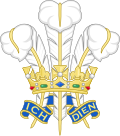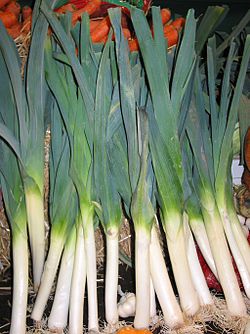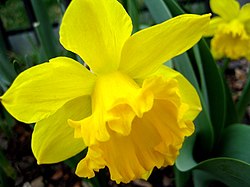Flags
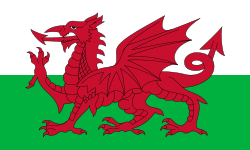 | As an emblem, the red dragon (Welsh : Y Ddraig Goch) of Wales has been used since the reign of Cadwaladr, King of Gwynedd from around 655 AD, with the current design tracing to Henry VII of England, [1] and is present on the national flag of Wales, which became an official flag in 1959. [2] |
 | The flag of the Princely House of Aberffraw, blazoned Quarterly or and gules, four lions passant guardant two and two counterchanged langued and armed Azure . [3] |
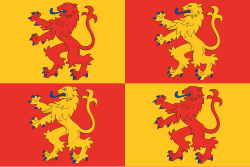 | The banner of Owain Glyndŵr is associated with Welsh nationhood. [4] the image of the lions were used by Welsh forces within battles during Glyndŵr's battles against the English, includes four lions on red and gold. The standard is similar to the arms of Llywelyn ap Gruffudd (Llywelyn the Last), the last Prince of Wales before the conquest of Wales by Edward I of England. The design may also be influenced by the arms of Glyndwr's parents, both of whom had lions in their arms. [5] There's no evidence to suggest this was ever used as a flag, but they are used today on public buildings. |
 | The Flag of Saint David, the patron Saint of Wales is sometimes used as an alternative to the national flag, is flown on St David's Day. [6] |
 | The Golden Dragon (Welsh : Y Ddraig Aur) Gold dragon of Wales, a flag used by Glyndŵr in his independence campaign.: 238 : 43| [7] : 238 [8] : 43 |




